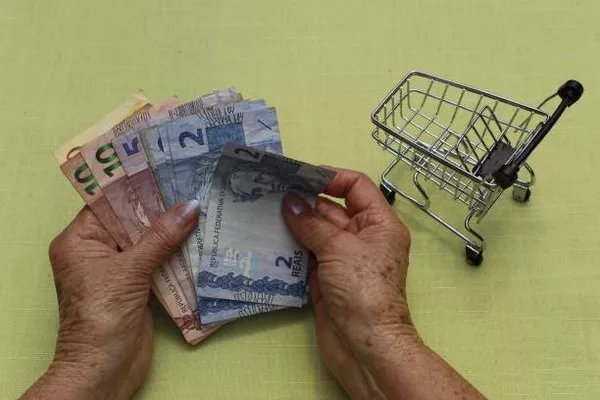In the vast landscape of global currencies, some stand out as major players, dominating international trade and finance. Others, however, are deemed exotic, representing economies that may not be as widely recognized or stable. The Brazilian Real often finds itself at the center of this discussion, prompting us to delve into the question:
Defining Exotic Currencies:
Before we delve into the intricacies of the Brazilian Real, let’s establish what makes a currency exotic. Exotic currencies are typically associated with smaller, emerging market economies, often from regions that are not considered major financial centers. These currencies can be characterized by lower liquidity, higher volatility, and a lack of widespread use in international transactions compared to major currencies like the US Dollar, Euro, or Japanese Yen.
Brazilian Real: An Overview:
The Brazilian Real, denoted as BRL, is the official currency of Brazil, the largest country in South America. Introduced in 1994 as part of the Plano Real, a comprehensive stabilization plan, the Real replaced the hyperinflated Brazilian Cruzeiro. Over the years, Brazil has emerged as a key player in the global economy, boasting a diverse range of industries, from agriculture to technology.
Factors Influencing the Perception of the Brazilian Real:
Economic Size and Stability: Brazil is one of the world’s largest economies, and its economic stability has improved since the introduction of the Real. However, periodic challenges, such as inflationary pressures and political uncertainties, have contributed to the perception of the Brazilian Real as more exotic than major currencies.
Volatility: Exotic currencies are often characterized by higher volatility compared to their major counterparts. Brazil’s economic landscape, influenced by factors like commodity prices, political developments, and global market trends, can contribute to fluctuations in the value of the Real.
Regional Influence: While Brazil is a significant economic force, its currency may be considered exotic due to its limited regional influence compared to major currencies. The Real is not as widely used in international trade and finance, further contributing to its classification as an exotic currency.
Liquidity: Liquidity is a key criterion for determining a currency’s exotic status. Exotic currencies typically have lower trading volumes, making them more susceptible to large price swings. While the Brazilian Real is actively traded, its liquidity is not on par with major currencies, contributing to its exotic classification.
The Case for and Against Exotic Classification:
Arguments for Exotic Classification:
Limited Global Use: The Brazilian Real is not as extensively used in global trade and finance as major currencies, limiting its international acceptance. This characteristic aligns with the criteria often associated with exotic currencies.
Higher Interest Rates: Brazil has historically maintained higher interest rates than many developed economies. While this can attract investors seeking higher yields, it also adds a layer of risk, contributing to the perception of the Real as an exotic currency.
Arguments Against Exotic Classification:
Economic Significance: Brazil’s status as one of the world’s largest economies challenges the notion of the Real as purely exotic. Its economic significance suggests that, despite certain characteristics, the Real should be viewed as a major emerging market currency.
Active Trading: The Brazilian Real is actively traded in the foreign exchange markets, indicating a level of global interest. While it may not match the liquidity of major currencies, its presence in the market distinguishes it from some truly exotic counterparts.
Conclusion:
In conclusion, the classification of the Brazilian Real as an exotic currency is nuanced and depends on various factors. While certain characteristics, such as limited global use and higher volatility, align with the criteria often associated with exotic currencies, Brazil’s economic size and significance challenge this classification. Investors and analysts should consider a comprehensive set of factors, including economic stability, liquidity, and global influence, to form a nuanced understanding of the Brazilian Real’s place in the currency hierarchy. As Brazil continues to navigate economic challenges and foster growth, the perception of its currency may evolve, further shaping the narrative surrounding the Brazilian Real.


